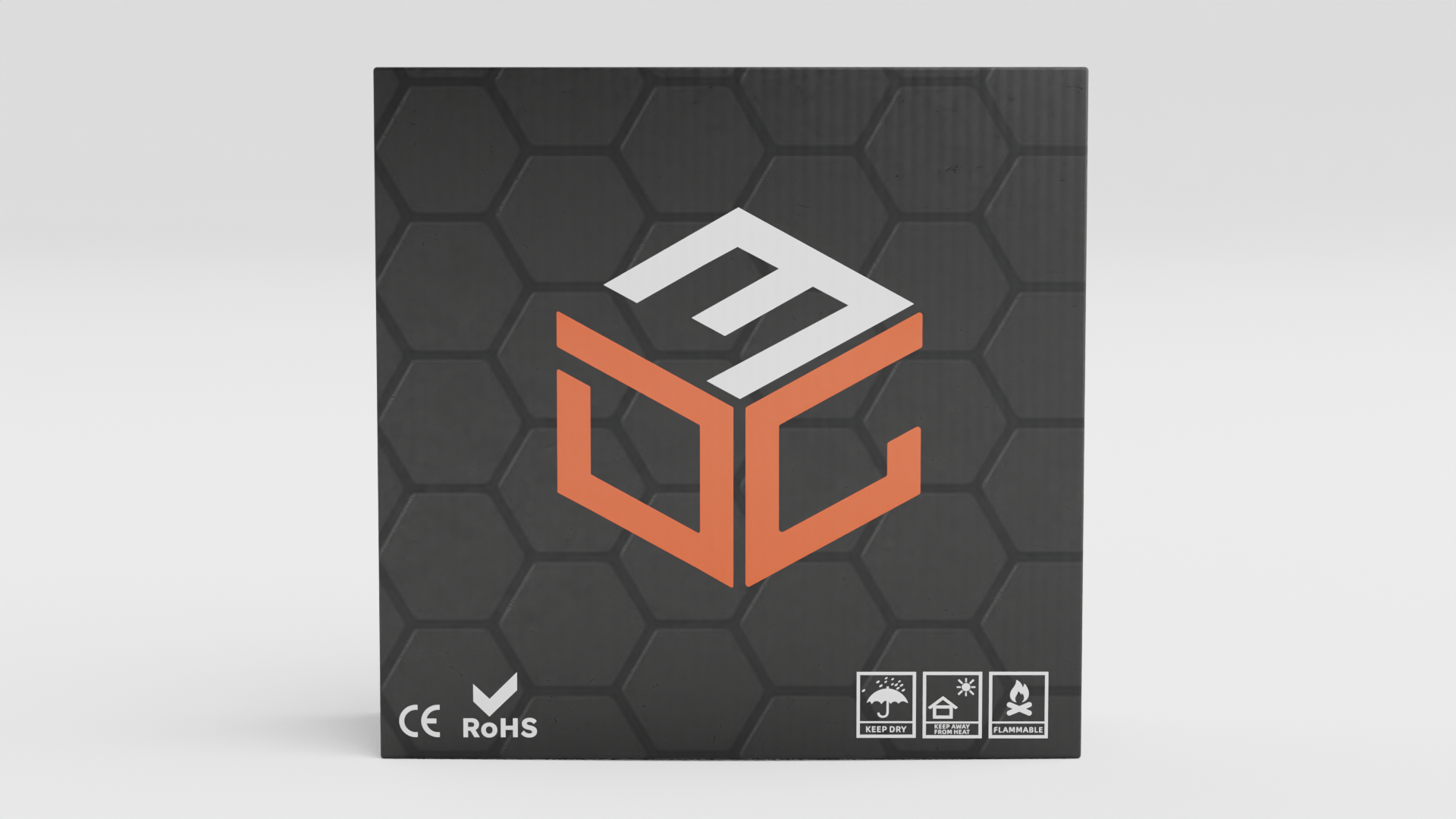 Image 1 of 21
Image 1 of 21

 Image 2 of 21
Image 2 of 21

 Image 3 of 21
Image 3 of 21

 Image 4 of 21
Image 4 of 21

 Image 5 of 21
Image 5 of 21

 Image 6 of 21
Image 6 of 21

 Image 7 of 21
Image 7 of 21

 Image 8 of 21
Image 8 of 21

 Image 9 of 21
Image 9 of 21

 Image 10 of 21
Image 10 of 21

 Image 11 of 21
Image 11 of 21

 Image 12 of 21
Image 12 of 21

 Image 13 of 21
Image 13 of 21

 Image 14 of 21
Image 14 of 21

 Image 15 of 21
Image 15 of 21

 Image 16 of 21
Image 16 of 21

 Image 17 of 21
Image 17 of 21

 Image 18 of 21
Image 18 of 21

 Image 19 of 21
Image 19 of 21

 Image 20 of 21
Image 20 of 21

 Image 21 of 21
Image 21 of 21






















TPU
Product specifications:
Brand: 3DG
Material: TPU
Shore Hardness: 95A Diameter: 1.75 mm Tolerance: +/- 0.03 mm Weight: 1 KG Print temperature: 200℃-240℃ Print speed: 20-40 mm/s Base plate temperature: No heating required, 50℃ recommended. Spool weight: 153.6g Length: 330 m
Product specifications:
Brand: 3DG
Material: TPU
Shore Hardness: 95A Diameter: 1.75 mm Tolerance: +/- 0.03 mm Weight: 1 KG Print temperature: 200℃-240℃ Print speed: 20-40 mm/s Base plate temperature: No heating required, 50℃ recommended. Spool weight: 153.6g Length: 330 m
Product specifications:
Brand: 3DG
Material: TPU
Shore Hardness: 95A Diameter: 1.75 mm Tolerance: +/- 0.03 mm Weight: 1 KG Print temperature: 200℃-240℃ Print speed: 20-40 mm/s Base plate temperature: No heating required, 50℃ recommended. Spool weight: 153.6g Length: 330 m
About TPU:
TPU (Thermoplastic Polyurethane) 3D printing filament is a versatile and popular material in the world of additive manufacturing. It is known for its exceptional flexibility, durability, and a wide range of applications across various industries.
TPU is a type of elastomer, which is a class of polymers with rubber-like properties. It is a hybrid material, combining the flexibility and elasticity of rubber with the processability of thermoplastics. This allows TPU to be both strong and flexible.
TPU filament is prized for its outstanding flexibility. It can be bent, stretched, and compressed without losing its shape or structural integrity. This makes it ideal for creating objects that need to be flexible, such as gaskets, phone cases, shoe soles, and more.
TPU is highly resistant to abrasion, wear, and tear. It can withstand repeated bending and flexing, making it suitable for applications that require long-lasting, resilient parts. It is also highly resistant to oils, greases, and chemicals, making it useful in industrial settings.
TPU 3D printing filament is widely used in a range of applications, including prototyping, automotive components, medical devices, fashion and apparel (for items like shoes and watch bands), sports equipment, and more. It is also suitable for creating flexible seals, gaskets, and shock-absorbing components.
TPU filament is compatible with most FDM 3D printers, which makes it accessible to a wide range of users. However, it may require some adjustments in print settings, such as slower print speeds and the use of a direct drive extruder, to prevent issues like clogging.
TPU filament can be challenging to print due to its flexibility, but it generally has good layer adhesion when printed at the right settings. This ensures that the finished parts are strong and consistent.
In summary, TPU 3D printing filament is a remarkable material valued for its flexibility, durability, and versatility. Its ability to produce objects with both strength and elasticity makes it a favourite choice for a wide array of applications, especially those that demand the best of both worlds in 3D printing.
